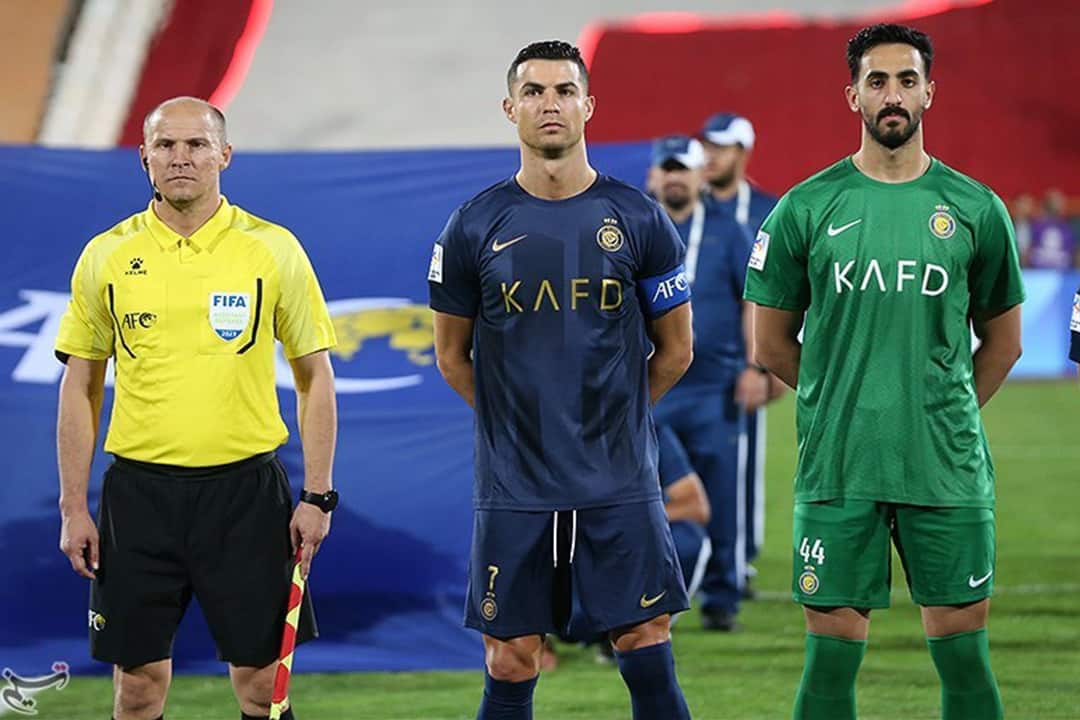Many countries from both Europe and South America have historically dominated the sport of soccer, but a country from the Middle East has recently drawn significant criticism for efforts to build its soccer society. Saudi Arabia, a country with more money than it can spend in a lifetime, has planted seeds in the soccer world by signing high-calibre players like Cristiano Ronaldo, Karim Benzema, Neymar Jr., and Sadio Mané, who have all decided to jump ship to embark on a new endeavour.
So, how did the Saudi Arabian Pro League (RSL) manage to attract that type of talent in such a short amount of time? When Ronaldo signed for Al-Nassr FC on December 30, 2022, for a two-and-a-half-year contract for USD 216 million — around USD 75 million a year — he became a crucial component of the league’s long-term plan. Neymar Jr., a recent acquisition from Al-Hilal SFC — who agreed to a ridiculous $400 million contract — noted in his first interview since signing there that “Ronaldo started all of this and everyone called him crazy.”
Numerous soccer journalists and owners worldwide have voiced their concerns about the spending of Saudi Arabian teams. I share some of their concerns about the enormous expenses tied to these players, as well as additional forms of payment that the players will be provided — depending on their victories in games or the number of posts they about Saudi Arabia and its soccer culture.
The fees associated with these players are not only ridiculous, but they will also undoubtedly pressure non-Saudi clubs to pay more to retain their respective players. As a result, clubs will be more likely to calculate their investment based on a player’s image than on their actual abilities.
Furthermore, there are questions about whether providing high salaries to players is the most sustainable and effective method for the league to grow. Jordan Henderson, who signed for Al-Ettifaq FC in the summer, recently requested to transfer out of the club and joined the iconic Dutch club Ajax FC in January. His decision to leave after only six months was based on the lack of fan attendance, the weather, and the level of play, among other reasons. Despite the high wages Al-Ettifaq was paying him, Henderson chose to leave.
Benzema and Roberto Firmino are also reportedly looking to follow in Henderson’s footsteps and pursue a transfer out of the RSL. So, will money really lead to the RSL’s growth and solve its problems, or will it ruin soccer and inevitably collapse the league? Henderson’s decision to sign with Ajax raises a larger question about whether this league can sustain itself and build credibility to attract top talents without money being the root cause of those acquisitions.
I see a similar path created by the Chinese Super League (CSL), where money was a big reason players ventured there in the early 2010s. Nevertheless, it remains too early to tell whether the RSL will face the same fate as the CSL, lasting only briefly before becoming an afterthought.
Although the Saudi league has drawn attention from around the world for their talent acquisition, I have doubts about the sustainability of its plan. I question whether the players accept their terms for the money or for the chance to play to the best of their abilities.
Ronaldo infamously said that he thinks the “Saudi League will be in the top five leagues in the world.” Only time will tell whether that will come to fruition.



No comments to display.